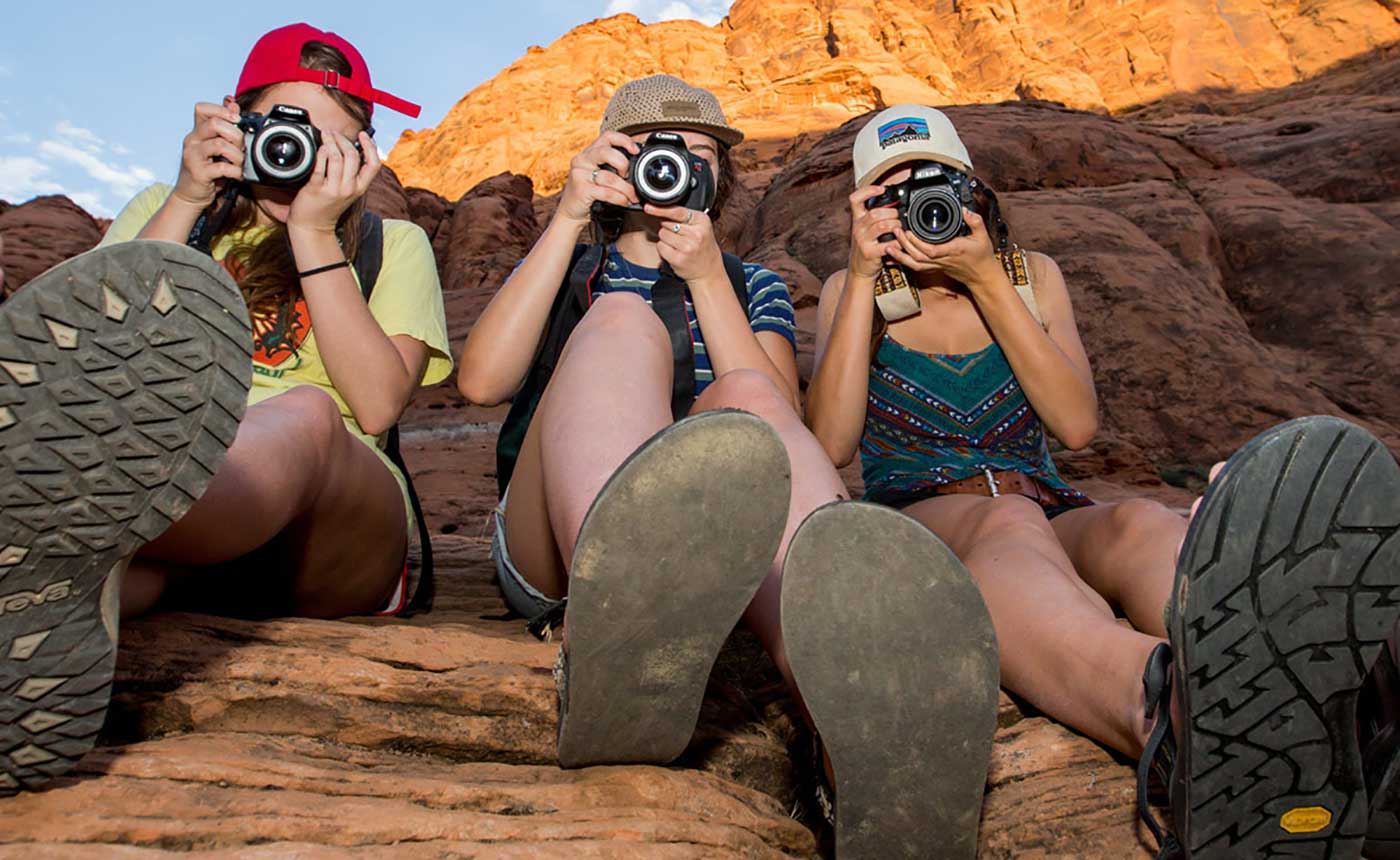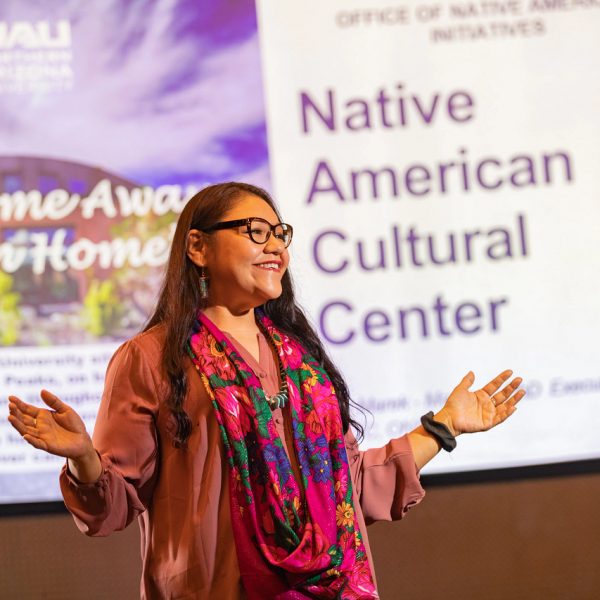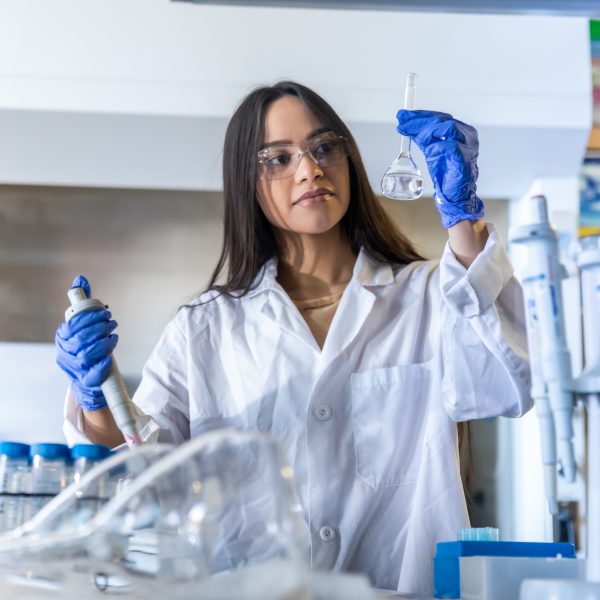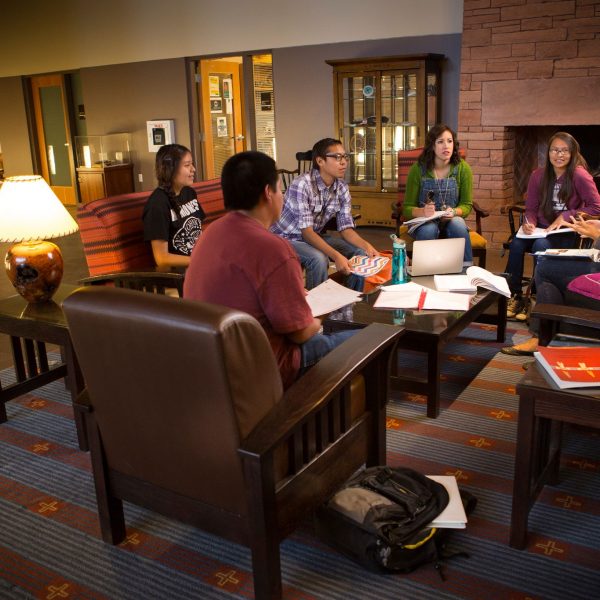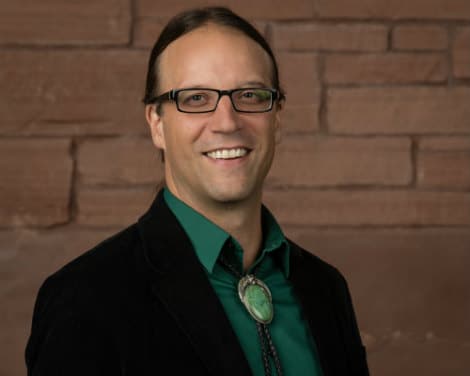
The Indigenous Cultural and Educational Exchange program at NAU goes the distance to connect Indigenous students and faculty with Indigenous peers across the globe.
NAU Indigenous global exchange
The ground-breaking program, Indigenous Cultural and Educational Exchange program (ICEE), is heading into its seventh year and includes the sharing of Indigenous traditional knowledge across Indigenous communities in the United States, Australia, Canada, and New Zealand.
ICEE was co-founded by Chad Hamill, Professor of Applied Indigenous Studies and former Vice President for NAU’s Native American Initiatives, and Maggie Walter, Provost Vice Chancellor at the University of Tasmania in Australia. The exchange provides opportunities for Indigenous students and Elders to engage with their Indigenous peers. Hamill answers questions about the program:
Why the need for an Indigenous Cultural and Education program?
Indigenous communities across the globe, while culturally distinct, share an earth-centered worldview. They also share traumatic colonial histories, the consequences of which persist in the present. The ICEE program is transformational for students who travel halfway around the world and connect with Indigenous peers who intimately understand their experience. For Indigenous Elders, who serve as culture-bearers in their communities, it is the same. Without exception, we see students and Elders return to their home countries energized and inspired, with a renewed commitment to making a difference in their communities.
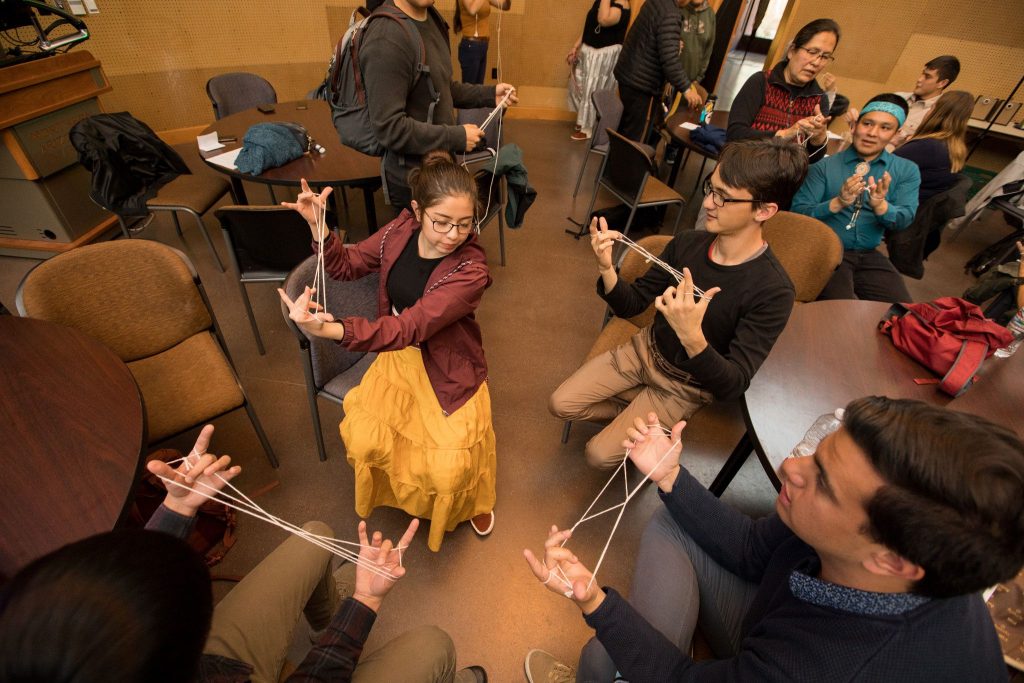
How does the program work?
Because of our very different seasons and academic calendars, North American partners (NAU and Thompson Rivers University) spend two to three weeks in Australia and New Zealand/Aotearoa during our summer months (usually July into the first week in August). For our partners in Oceania, they visit the United States and Canada during their summer (usually late January into February). The course associated with the ICEE program is largely experiential, with students spending a majority of their time in Indigenous communities learning from Elders and peers.
How is the program evolving? What’s new?
Once the program is back on track in the post-COVID world, we plan to transition from a two- to three-week program to semester- and year-long exchanges. We’ve discussed a cohort model, where two to three students will be accompanied by an Elder and faculty member, all of whom will be engaged/enrolled on the host campuses and in surrounding Indigenous communities.
Who should consider being a part of the program?
Indigenous students and students with substantive experience in Indigenous communities.
Read more about this program.


